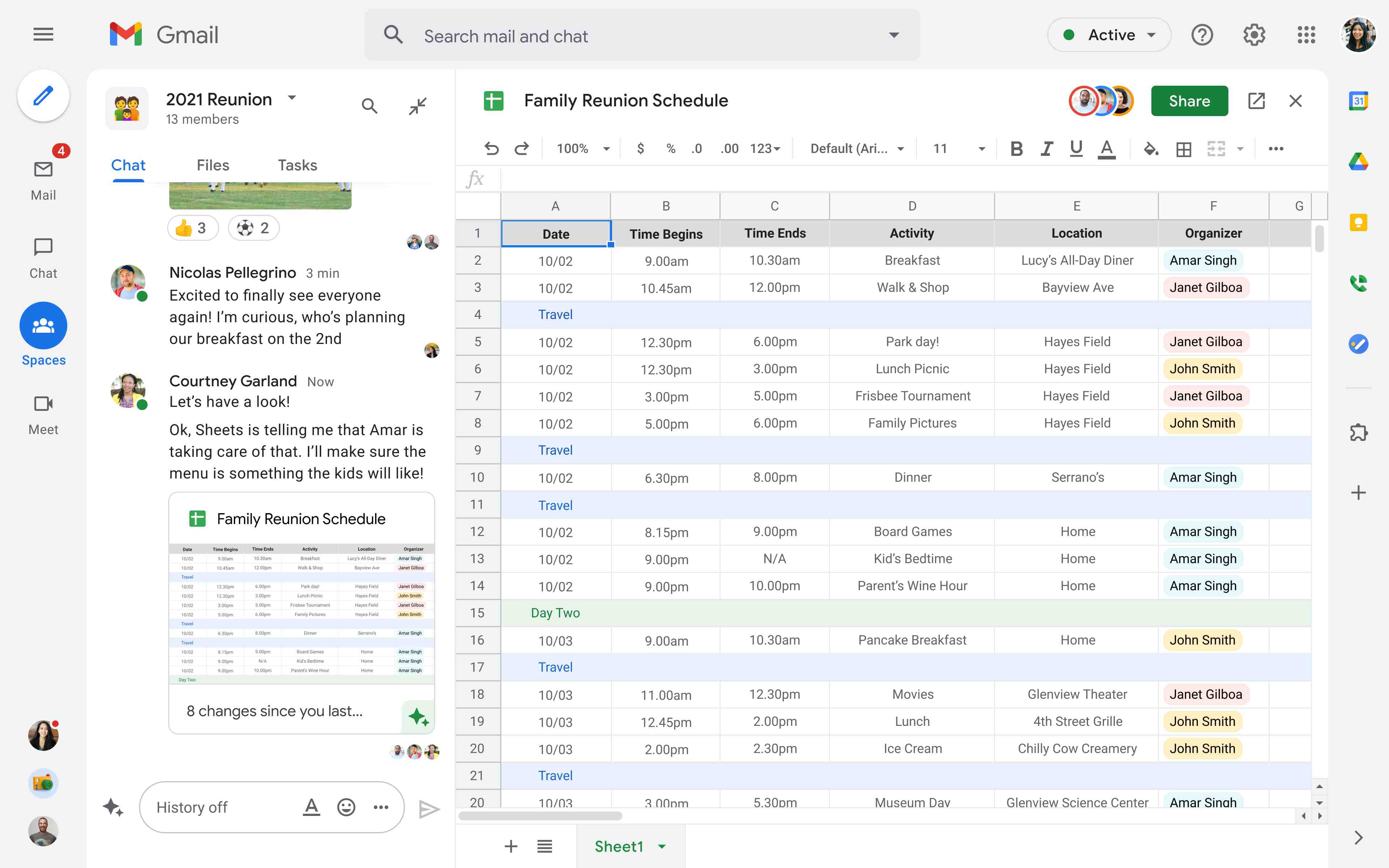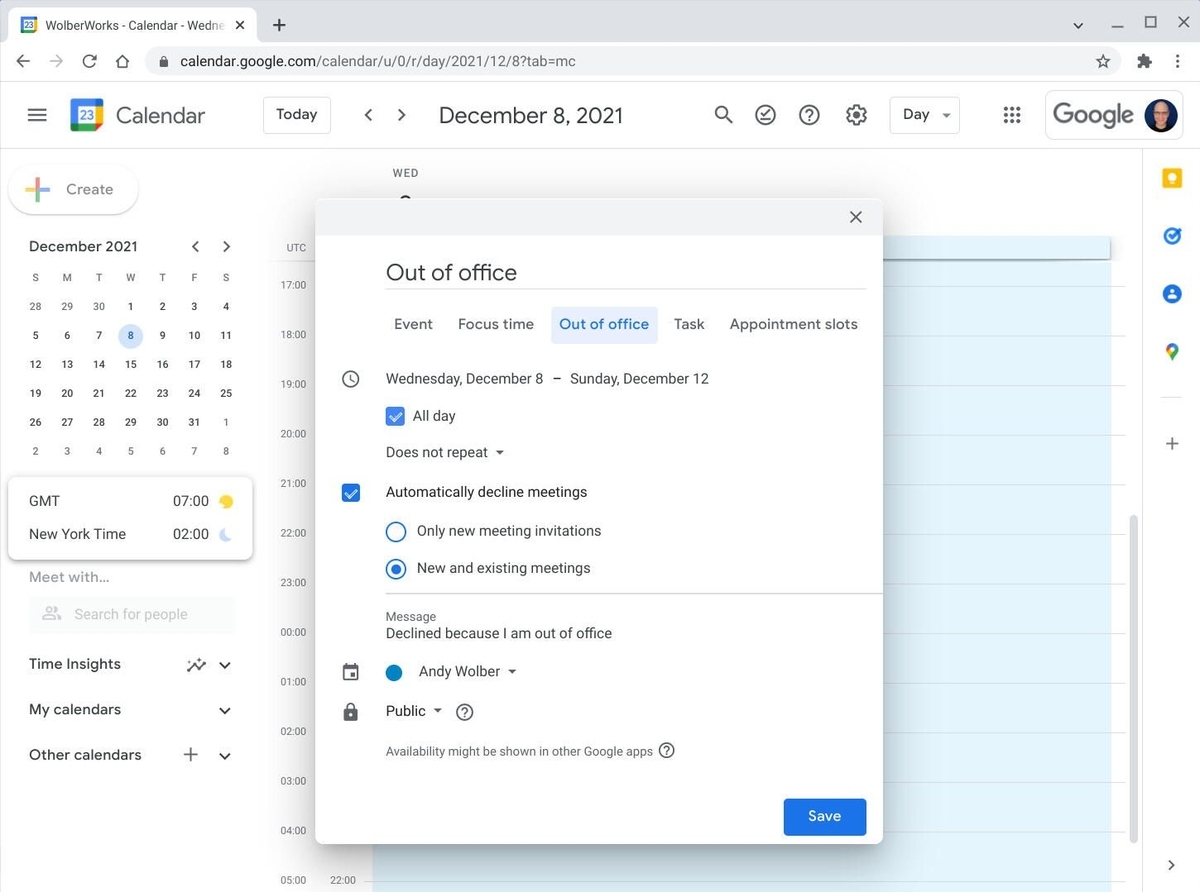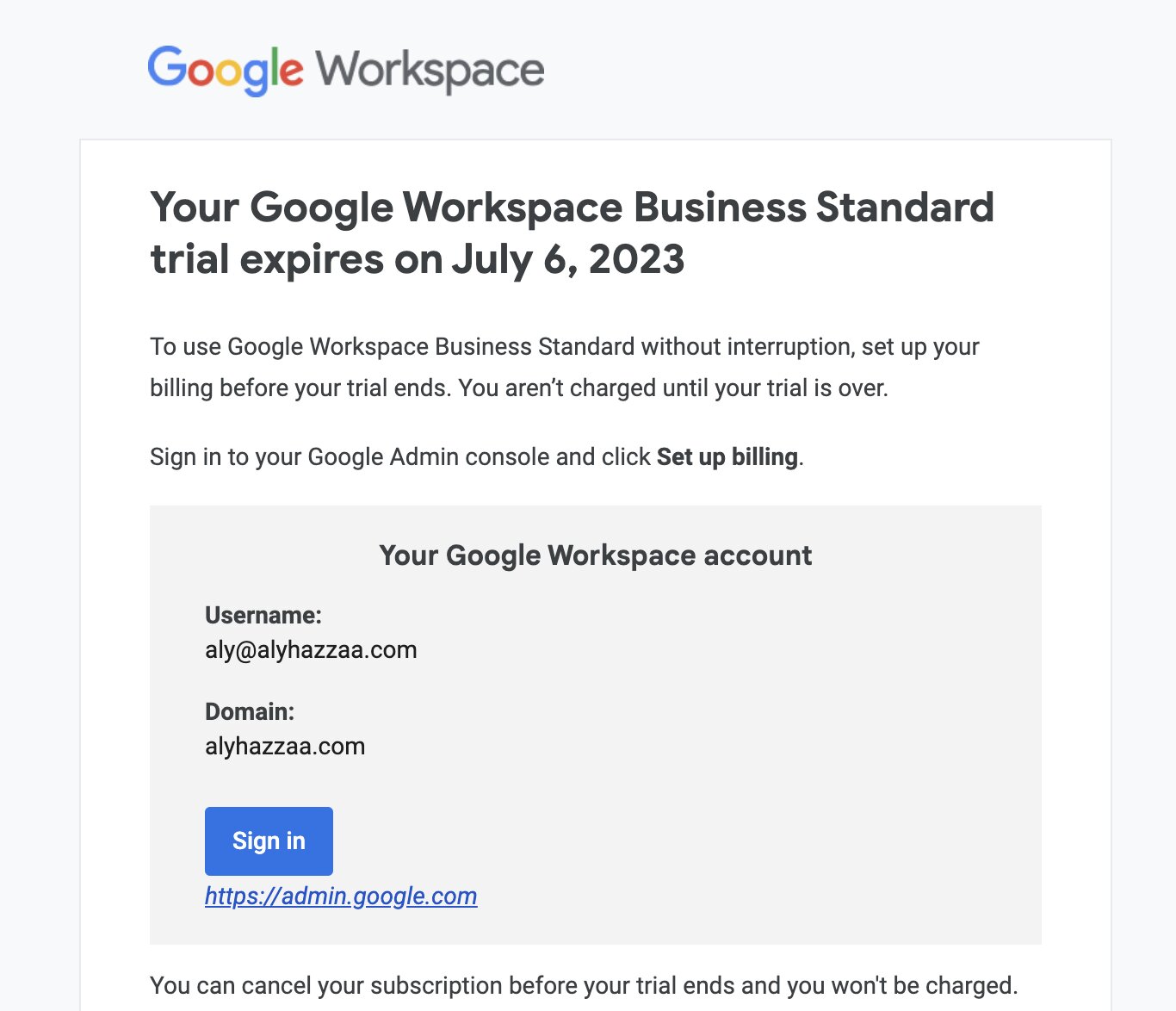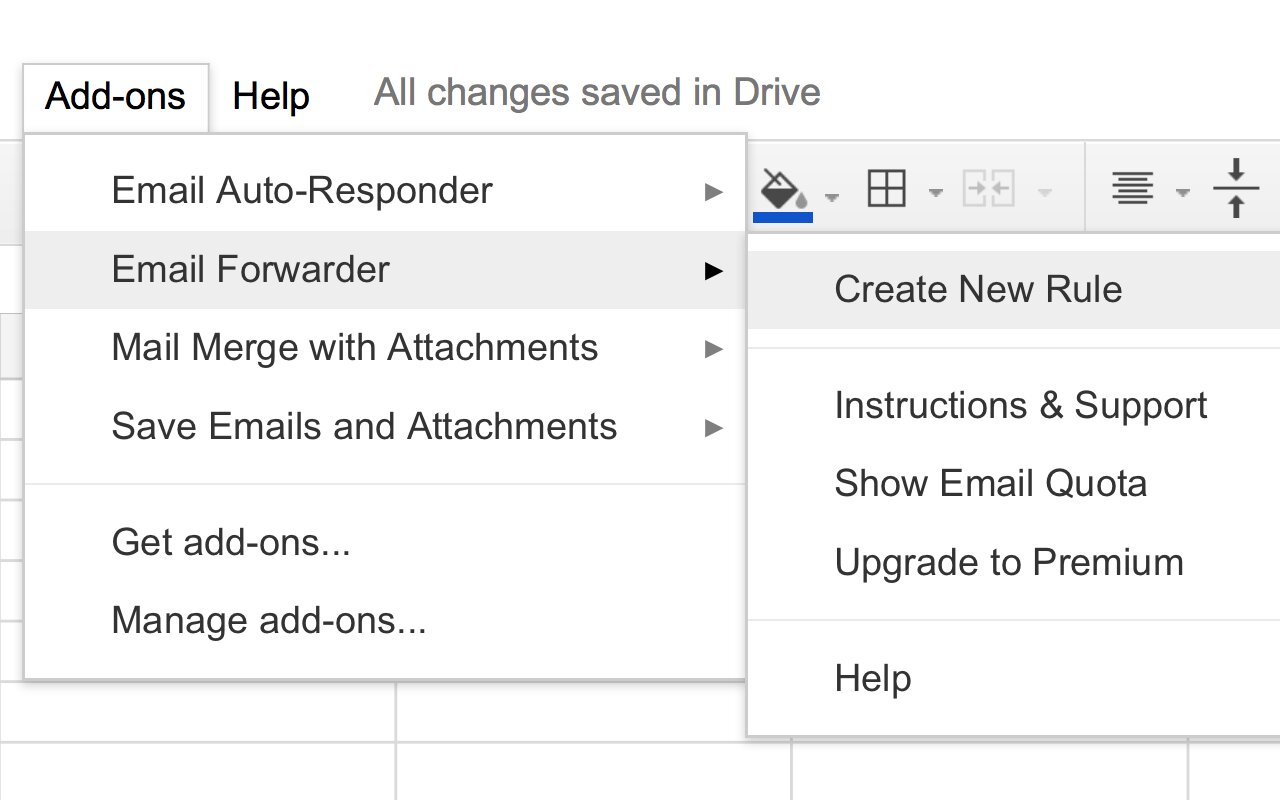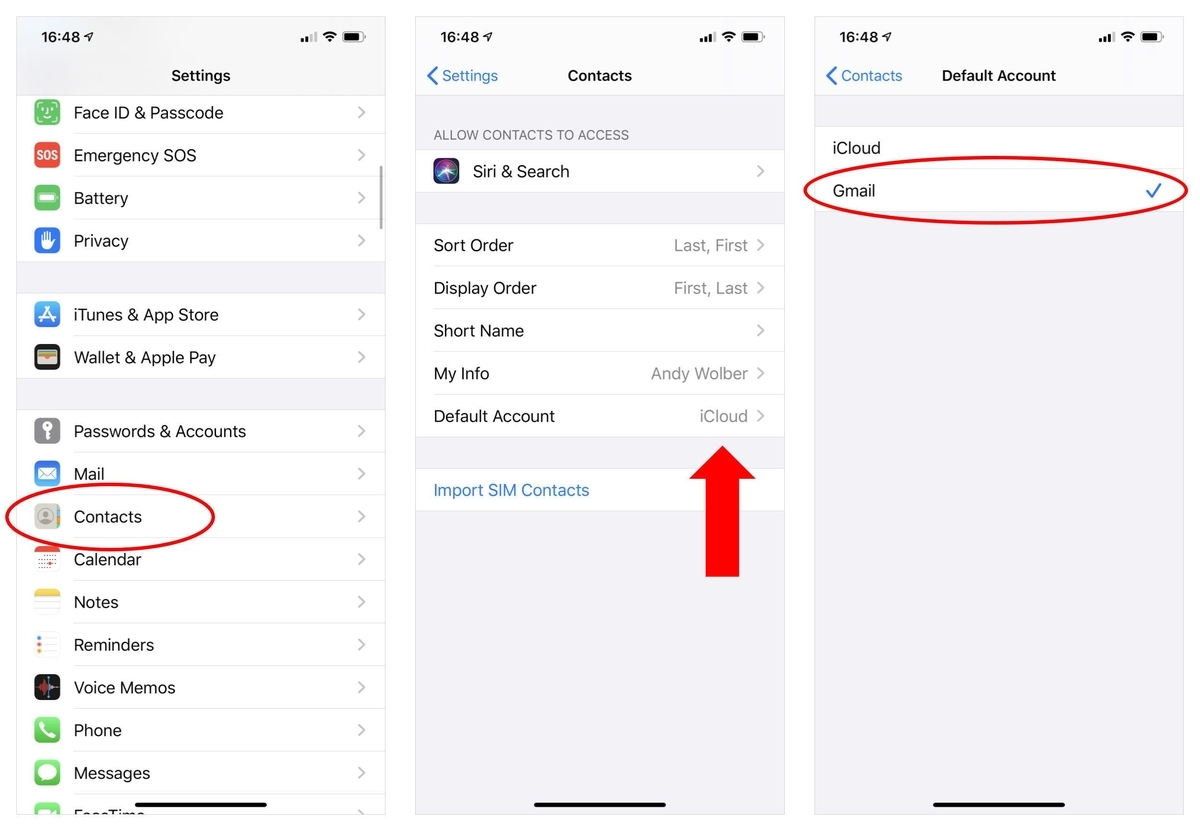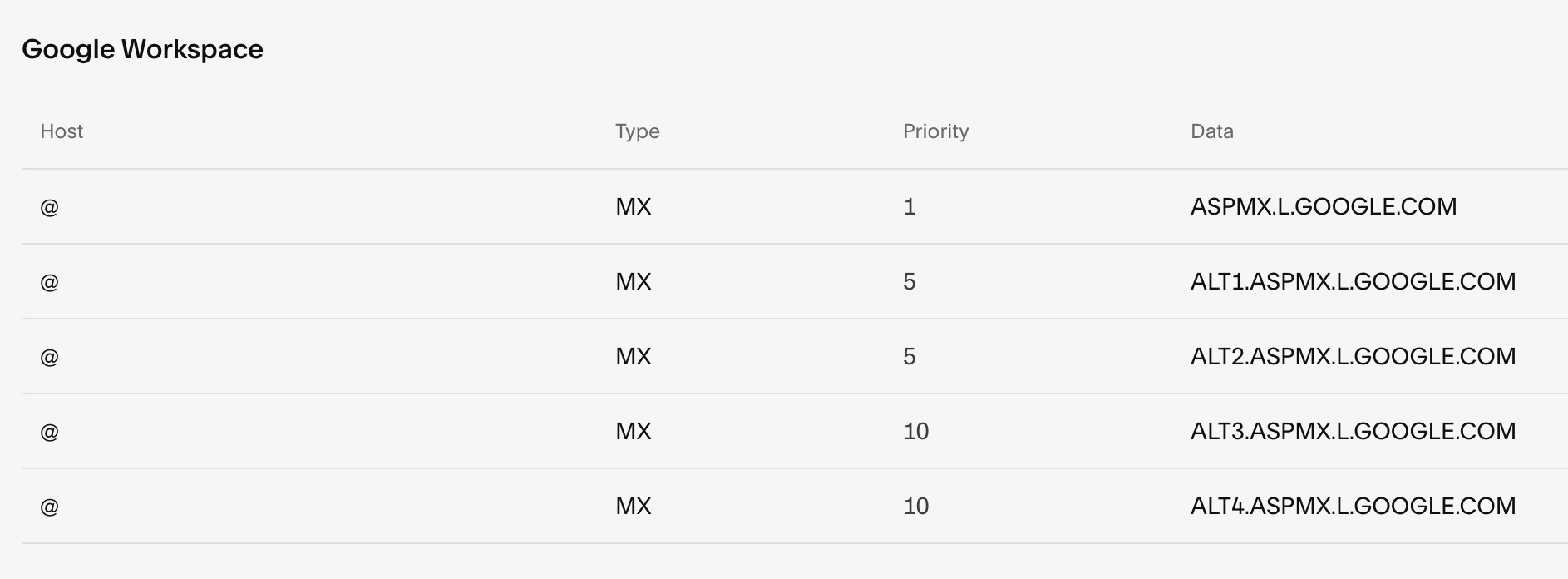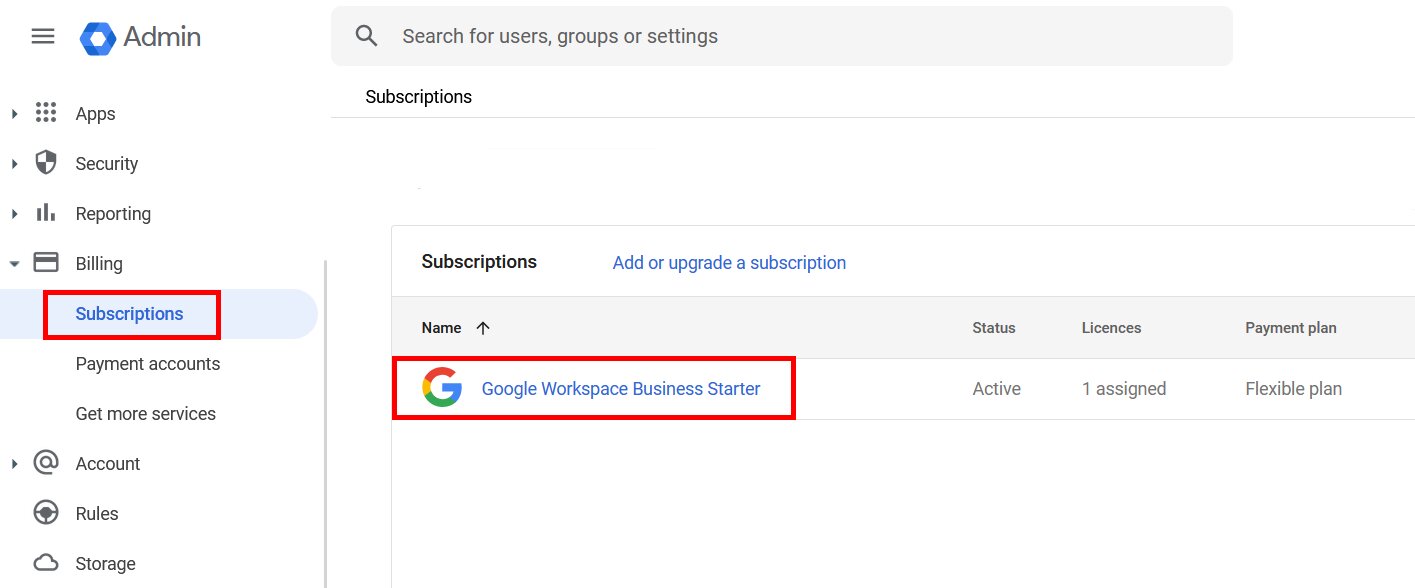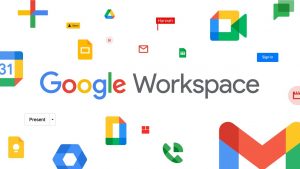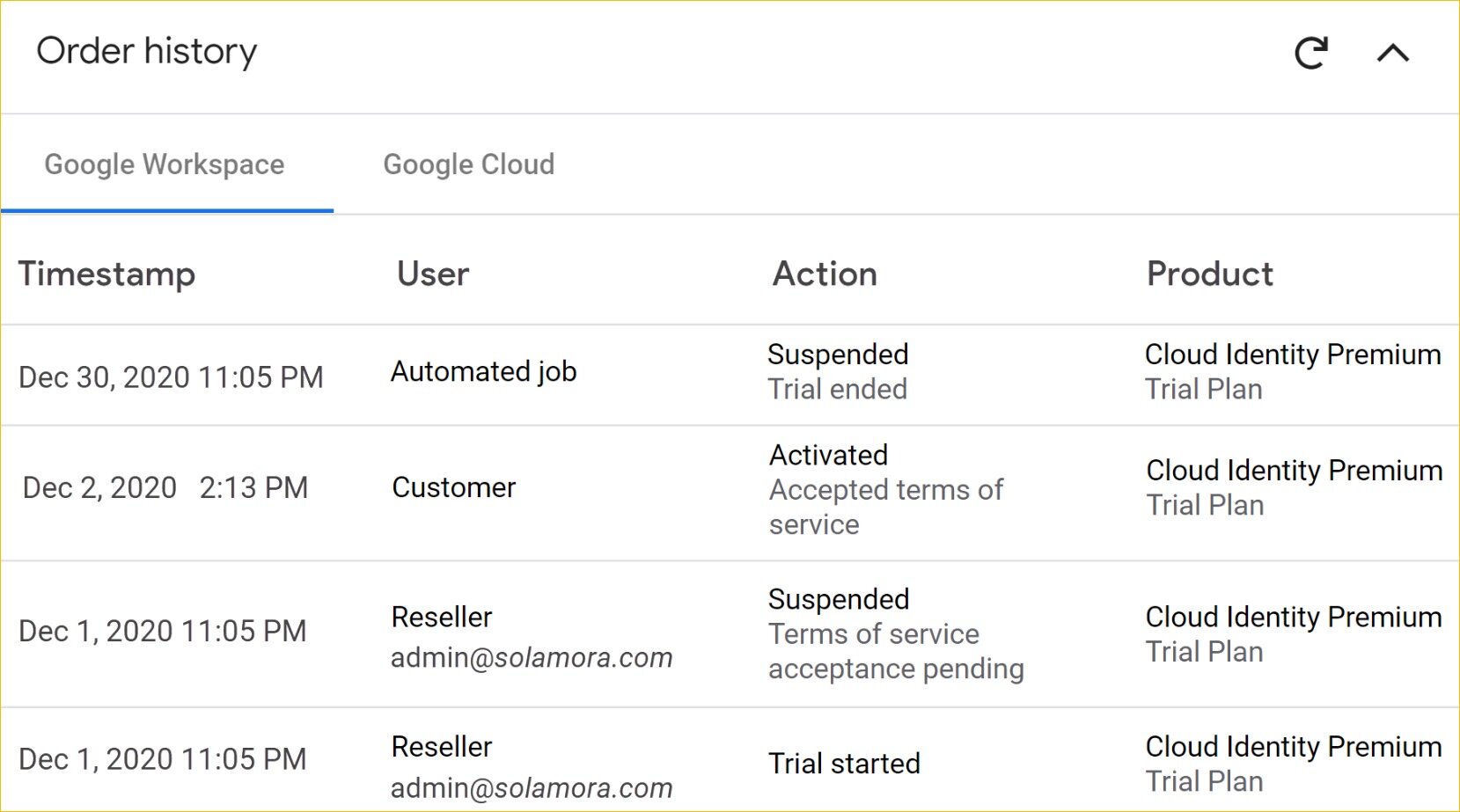What is Google Workspace?
Google Workspace, formerly known as G Suite, is a powerful and versatile set of cloud-based productivity tools designed to help individuals, teams, and businesses streamline their work processes, boost collaboration, and increase productivity. It combines essential applications such as Gmail, Google Drive, Google Docs, Google Sheets, Google Slides, and many more, all accessible through a single, unified platform.
With Google Workspace, users can create, edit, and store their documents, spreadsheets, and presentations securely in the cloud. This eliminates the need for local file storage, making it easy to access files from any device with an internet connection. The seamless integration of these tools enables users to work together in real-time, whether they are in the same office or scattered across different locations.
Google Workspace also provides robust communication and collaboration features. With tools like Google Meet and Chat, users can host virtual meetings, video conferences, and instant messaging sessions, fostering efficient and effective communication among team members. Additionally, the shared calendar functionality allows users to schedule and manage appointments, meetings, and events effortlessly.
Another standout feature of Google Workspace is its extensive integration capabilities with other applications and services. Users can easily connect and work with popular third-party apps such as CRM systems, project management tools, and document signing services, enhancing their workflow and expanding their productivity.
Furthermore, Google Workspace offers advanced security measures to protect sensitive data. It includes features like two-factor authentication, data encryption, and granular access controls, ensuring that files and information are safeguarded from unauthorized access.
Whether you are a student, a small business owner, or part of a large enterprise, Google Workspace provides a comprehensive suite of tools to help you stay organized, collaborate efficiently, and achieve your goals. Its user-friendly interface, robust functionality, and cloud-based accessibility make it a top choice for individuals and organizations looking to enhance their productivity and streamline their work processes.
How to Sign In to Google Workspace?
Signing in to Google Workspace is a straightforward process that allows you to access all the powerful tools and features it offers. Here’s a step-by-step guide on how to sign in:
- Open your preferred web browser and go to the Google Workspace sign-in page.
- Enter your Google Workspace email address or username in the designated field. This is the email address provided by your organization when you signed up for Google Workspace.
- Click on the “Next” button.
- Enter your password in the password field. Make sure to type it accurately and securely.
- Click on the “Sign In” button.
Once you have successfully signed in, you will be directed to the main Google Workspace dashboard, where you can access all the various applications and services that Google Workspace offers.
If you have trouble signing in or if you have forgotten your password, you can click on the “Forgot password?” link on the sign-in page. Follow the prompts to reset your password and regain access to your Google Workspace account.
It’s important to note that if you are using a shared or public computer, it is recommended to sign out of your Google Workspace account after each use to ensure the security and privacy of your data. You can do this by clicking on your profile picture or initial in the upper-right corner of any Google Workspace application, then selecting “Sign out” from the dropdown menu.
By following these simple steps, you can easily sign in to your Google Workspace account and start leveraging the power of its productivity tools to enhance your work efficiency and collaboration.
Checking Your Gmail Account
Gmail is one of the cornerstone applications of Google Workspace, providing a feature-rich and intuitive email platform. With your Google Workspace account, you can access your Gmail account effortlessly. Here’s how you can check your Gmail account:
- Sign in to Google Workspace using your Google Workspace email address and password. Follow the steps outlined in the previous section if you need guidance on how to sign in.
- Once you’re signed in, click on the “Gmail” icon or navigate to the Gmail tab in the Google Workspace dashboard. This will open your Gmail inbox.
- Your Gmail inbox displays your received emails. You can find important emails in the primary tab, while other emails may be sorted into tabs like social, promotions, or updates based on Gmail’s smart filtering system.
- To read an email, simply click on the subject line or the sender’s name. The email will open in a new window, allowing you to view its content.
- If you want to compose a new email, click on the “Compose” button in the top-left corner of the Gmail interface. A new email composition window will appear, where you can enter the recipient’s email address, subject, and the body of your message.
- In addition to sending and receiving emails, Gmail offers various organizational features to help you manage your inbox efficiently. You can create labels and apply them to your emails, star important emails for easy reference, use filters to automatically sort incoming emails, and archive or delete emails to keep your inbox clutter-free.
- Furthermore, Gmail provides a powerful search function that allows you to quickly find specific emails based on keywords, sender, recipients, or other criteria. You can also set up filters to automatically categorize or forward emails that meet specific criteria.
Gmail offers many other features and customization options to suit your needs. Take some time to explore the settings and preferences to personalize your Gmail experience.
By following these steps, you can easily check your Gmail account and take advantage of its robust email management and organization capabilities. Gmail, integrated within Google Workspace, provides a reliable and efficient platform for your email communication needs.
Accessing Google Drive
Google Drive is a cloud storage and file sharing service that is seamlessly integrated into Google Workspace. It allows you to store, access, and share your files from anywhere, using any device with an internet connection. Here’s how you can access Google Drive:
- Sign in to Google Workspace using your Google Workspace email address and password. If you need assistance with signing in, refer to the previous section.
- Once you’re signed in, click on the “Drive” icon or navigate to the Drive tab in the Google Workspace dashboard. This will open your Google Drive.
- Google Drive provides a user-friendly interface that displays all your files and folders. You can navigate through your files and folders using the sidebar on the left-hand side of the screen. Click on a folder to view its contents or click on a file to open it.
- To upload files to Google Drive, click on the “New” button in the top-left corner and select “File upload.” Choose the file you want to upload from your computer, and it will be saved to your Google Drive.
- Google Drive supports various file types, including documents, spreadsheets, presentations, images, videos, and more. You can create new files directly in Google Drive by clicking on the “New” button and selecting the file type you want to create.
- Collaboration is a key strength of Google Drive. You can easily share files and folders with others by right-clicking on the file or folder and selecting “Share.” Enter the email addresses of the people you want to share with, set their permissions, and they will receive an email notification with a link to access the file.
- Google Drive also offers powerful search functionality, allowing you to find specific files or folders based on keywords, file types, or other criteria. Simply enter your search term in the search bar at the top of the screen and press Enter.
- With Google Drive’s offline support, you can access your files even without an internet connection. Simply enable the offline mode in the settings, and Google Drive will sync your files to your device for offline access.
These steps should help you access and navigate Google Drive. Google Drive’s cloud storage capabilities and seamless integration with other Google Workspace tools make it a convenient and versatile platform for file storage, organization, and collaboration.
Using Google Docs, Sheets, and Slides
Google Workspace provides several powerful tools for creating and editing documents, spreadsheets, and presentations. Here’s how you can use Google Docs, Sheets, and Slides to streamline your work:
Google Docs:
Google Docs is a cloud-based word processing tool that allows you to create, edit, and collaborate on documents. To use Google Docs:
- Sign in to Google Workspace and navigate to Google Drive.
- Click on the “New” button and select “Google Docs” from the dropdown menu.
- A blank document will open, ready for you to start writing. You can format text, insert images, create tables, and more using the toolbar options.
- To collaborate with others, click on the “Share” button in the top-right corner and enter the email addresses of the people you want to collaborate with. They will receive a link to the document and can edit it simultaneously.
Google Sheets:
Google Sheets is a cloud-based spreadsheet application that allows you to create, analyze, and share data. To use Google Sheets:
- Sign in to Google Workspace and navigate to Google Drive.
- Click on the “New” button and select “Google Sheets” from the dropdown menu.
- A blank spreadsheet will open, ready for you to enter data. You can format cells, create formulas, and apply functions to manipulate and analyze data.
- To collaborate with others, click on the “Share” button in the top-right corner and enter the email addresses of the people you want to collaborate with. They will receive a link to the spreadsheet and can make changes in real-time.
Google Slides:
Google Slides is a cloud-based presentation tool that allows you to create, edit, and share visually stunning presentations. To use Google Slides:
- Sign in to Google Workspace and navigate to Google Drive.
- Click on the “New” button and select “Google Slides” from the dropdown menu.
- A blank presentation will open, ready for you to add slides and content. You can choose from various themes, insert images and videos, add transitions and animations, and collaborate with others.
- To collaborate with others, click on the “Share” button in the top-right corner and enter the email addresses of the people you want to collaborate with. They will receive a link to the presentation and can work on it simultaneously.
Google Docs, Sheets, and Slides offer seamless collaboration and accessibility, allowing you to work on your documents, spreadsheets, and presentations from any device with internet access. The integration with Google Drive makes it easy to store and organize your files in one centralized location.
Collaborating with Google Meet and Chat
Google Workspace provides powerful communication and collaboration tools to help you connect with teammates, clients, and stakeholders. Google Meet and Chat are two essential tools that enable seamless collaboration and effective communication. Here’s how you can utilize Google Meet and Chat:
Google Meet:
Google Meet is a video conferencing tool that allows you to host virtual meetings, webinars, and video conferences. To use Google Meet:
- Sign in to Google Workspace and navigate to Google Meet.
- Click on the “New Meeting” button or enter a meeting code to join an existing meeting.
- Configure your audio and video settings, and then click on the “Join Now” button to start the meeting.
- Invite participants by sharing the meeting code or sending them a meeting link through email or chat. Participants can join the meeting by clicking on the shared link or entering the meeting code.
- During the meeting, you can share your screen, present slides, use the chat feature to communicate, and collaborate in real-time with participants.
- Google Meet also offers features like live captions, recording meetings, and integration with other Google Workspace tools like Google Calendar.
Google Chat:
Google Chat is a powerful instant messaging and collaboration tool integrated into Google Workspace. To use Google Chat:
- Sign in to Google Workspace and navigate to Google Chat.
- Create a new chat room or start a chat with an individual contact.
- You can send instant messages, share files, and collaborate in real-time within the chat interface.
- Google Chat also supports threaded conversations, allowing you to organize and follow discussions more effectively.
- Integration with other Google Workspace tools enables you to share files, schedule meetings, and create tasks directly within Google Chat.
- Google Chat provides the flexibility to create private, team, or project-specific chat rooms, allowing for efficient collaboration.
Google Meet and Chat offer robust features that facilitate collaboration, communication, and seamless integration with other Google Workspace tools. Whether you need to host virtual meetings or have instant chat conversations with your team, these tools make it easier to collaborate and stay connected, no matter where you are.
Organizing Calendar Events
Google Workspace provides a powerful calendar application that allows you to efficiently manage and organize your schedule. Here’s how you can use the Google Calendar to stay organized and schedule your events:
- Sign in to Google Workspace and navigate to Google Calendar.
- Upon opening Google Calendar, you will see the main calendar view, which displays your current day’s events.
- To create a new event, click on the “Create” button or click on a specific time slot on the calendar.
- Enter the event details, including the title, date, time, duration, and location. You can also add notes and set notifications to remind you of upcoming events.
- Assign a specific calendar to the event. Google Calendar allows you to create and manage multiple calendars, making it easy to categorize and view events related to different areas of your life or work.
- Customize the event’s appearance by adding colors or attaching relevant files or documents.
- Google Calendar also offers the option to invite others to your events. Simply enter the email addresses of the people you want to invite and choose their permissions, such as whether they can modify the event or only view the details.
- Use the search and filter options to find specific events or view your calendar by day, week, month, or agenda view.
- You can enable event reminders or create recurring events to save time when scheduling regular appointments or tasks.
- Google Calendar enables integration with other Google Workspace applications. For example, you can create calendar events directly from Gmail or attach Google Drive files to events for easy access.
- Additionally, Google Calendar can sync with other external calendars, such as Microsoft Outlook or Apple Calendar, allowing you to have all your events in one place regardless of the platform.
By effectively utilizing Google Calendar, you can streamline your scheduling process, efficiently manage your time, and stay organized. The intuitive interface, integration with other Google Workspace applications, and versatile customization options make Google Calendar a valuable tool for planning and organizing your events.
Exploring Google Forms
Google Forms is a versatile and intuitive tool that allows you to create custom surveys, quizzes, and feedback forms. Whether you need to gather information, conduct assessments, or collect feedback, Google Forms can simplify the process. Here’s how you can explore the features of Google Forms:
- Sign in to Google Workspace and navigate to Google Forms.
- Click on the “+” button to create a new form or select a template from the template gallery.
- Give your form a descriptive title and customize the appearance by selecting a theme and adding images or other visual elements.
- Add form questions by clicking on the “Add question” button. You can choose from various question types such as multiple-choice, checkboxes, short answer, or paragraph text.
- Customize each question by adding options, setting validation rules, or making the question required.
- Include sections and page breaks to organize your form and guide respondents through different parts.
- Enhance your form by inserting images or videos, adding instructions or descriptions, and enabling question branching based on previous responses.
- Google Forms provides the flexibility to collaborate with others. You can invite collaborators to help design and edit the form, or share a link to collect responses.
- Preview your form to ensure it appears as intended. You can also send a test form to yourself or others to experience the respondent’s view.
- Once your form is finalized, you can send it to respondents via email, social media, or embed it on a website.
- Google Forms automatically collects and organizes responses in a spreadsheet. You can view and analyze the data directly in the form’s summary or export it to other formats.
With Google Forms, you can streamline data collection, automate assessments, and gather valuable insights from your audience. Its user-friendly interface, customizable options, and seamless integration with other Google Workspace applications make it a versatile tool for conducting surveys, quizzes, and feedback collection.
Managing Contacts in Google Contacts
Google Contacts is a powerful tool within Google Workspace that allows you to efficiently manage and organize your contacts. Whether you need to store personal contacts or manage professional connections, Google Contacts can help you stay organized and easily access important information. Here’s how you can manage your contacts using Google Contacts:
- Sign in to Google Workspace and navigate to Google Contacts.
- Upon opening Google Contacts, you will see the main contacts screen, which displays your contact list.
- To add a new contact, click on the “Create contact” button or import contacts from other sources.
- Enter the contact’s name, email address, phone number, and other relevant details. You can also add additional fields to store additional information.
- Categorize your contacts by creating labels or groups. This enables you to organize your contacts based on criteria such as colleagues, friends, family, or customers.
- Utilize the search function to quickly find specific contacts by name, email address, or other keywords.
- Google Contacts provides integration with other Google Workspace applications. For example, you can directly add a contact from a received email in Gmail or share a contact with others.
- Sync your contacts across devices by enabling contact synchronization. This ensures that your contacts are accessible and up to date on your computer, smartphone, or tablet.
- Google Contacts allows you to import or export contacts in various formats, making it easy to transfer contacts to or from other platforms.
- Collaborate on contacts by sharing contact groups with others. This is useful for teams or organizations that need to maintain a shared contact list.
- Regularly update and maintain your contacts to keep them accurate and relevant. Delete outdated or duplicate contacts to avoid clutter.
Google Contacts offers a straightforward and efficient way to manage and access your contacts. Its user-friendly interface, integration with other Google Workspace tools, and synchronization across devices make it a valuable tool for maintaining an organized and up-to-date contact list.
Staying Connected with Google Hangouts
Google Hangouts is a versatile communication tool within Google Workspace that allows you to stay connected with colleagues, friends, and family. Whether it’s for instant messaging, voice calls, or video conferences, Google Hangouts provides a seamless platform for efficient communication. Here’s how you can stay connected with Google Hangouts:
- Sign in to Google Workspace and navigate to Google Hangouts.
- Upon opening Google Hangouts, you will see your chat list, which displays your contacts.
- To start a new conversation, click on the “New conversation” button or select a contact from your chat list.
- Type your message in the chat box and press Enter to send it. You can also share images, videos, or other files by clicking on the attachment icon.
- Google Hangouts supports real-time messaging, allowing for instant communication. You can engage in one-on-one or group conversations depending on your needs.
- Take advantage of Google Hangouts’ voice and video call features. Simply click on the phone or video icon in the chat box to initiate a call with a contact or group.
- During a video call, you can share your screen, record the call, or add special effects and filters to enhance the experience.
- Google Hangouts offers seamless integration with other Google Workspace applications. You can schedule video meetings from Google Calendar or initiate a chat directly from Gmail.
- Collaborate with others by sharing Google Drive files, collaborating on Google Docs, Sheets, or Slides, or hosting online meetings with Google Meet.
- Google Hangouts allows you to sync your chats and conversations across devices, ensuring that you can stay connected no matter where you are.
- You can also customize your Google Hangouts settings to manage notifications, privacy, and other preferences according to your needs.
With Google Hangouts, you can stay connected and efficiently communicate with others. Its user-friendly interface, real-time messaging, voice, and video call features, as well as integration with other Google Workspace tools, make it a valuable tool for both professional and personal communication needs.
Integrating Google Workspace with Other Apps
Google Workspace offers seamless integration with a wide range of third-party applications, allowing you to enhance your productivity and streamline your workflow. By integrating Google Workspace with other apps, you can access and manage your data and tasks more efficiently. Here’s how you can integrate Google Workspace with other apps:
CRM and Project Management Apps:
Integrate Google Workspace with popular Customer Relationship Management (CRM) systems or project management tools to streamline communication, track tasks, and collaborate effectively. Sync your contacts, calendar events, and emails, ensuring that your data remains consistent across platforms.
Document Signing Services:
With Google Workspace’s integration with document signing services, you can securely sign, send, and manage documents directly from your Google Drive. This eliminates the need for printing, signing, and scanning physical documents, saving time and improving efficiency.
Data Analysis and Visualization Tools:
Integrate Google Workspace with data analysis and visualization tools to gain deeper insights into your data. Connect your Google Sheets or Google Data Studio with tools like Tableau or Power BI to create powerful visualizations and generate meaningful reports.
Note-Taking and Task Management Apps:
Improve your organization and productivity by integrating Google Workspace with note-taking and task management apps. Sync your tasks and notes between Google Calendar, Google Keep, or other apps, ensuring that you have all your important information in one place.
Collaboration and Communication Tools:
Integrate Google Workspace with collaboration and communication tools to enhance team collaboration. Connect platforms like Slack, Microsoft Teams, or Trello with Google Drive and Google Docs, enabling seamless file sharing, real-time editing, and improved communication.
Email Marketing Services:
Integrate Google Workspace with email marketing services to streamline your email campaigns. Connect platforms like Mailchimp or HubSpot with your Gmail, allowing you to easily manage and track your email marketing efforts.
These are just a few examples of how you can integrate Google Workspace with other apps to enhance your productivity and streamline your work processes. With the power of integration, you can leverage the capabilities of multiple tools and create a more efficient and connected workflow.
Conclusion
Google Workspace offers a comprehensive suite of tools and applications designed to enhance productivity, streamline work processes, and foster collaboration. With its seamless integration, cloud-based accessibility, and robust features, Google Workspace provides individuals, teams, and businesses with the necessary tools to excel in their work. From email management and cloud storage with Gmail and Google Drive, to document creation and collaboration with Google Docs, Sheets, and Slides, to communication and video conferencing capabilities with Google Meet and Chat, Google Workspace covers all aspects of your professional needs.
In addition to the core applications, Google Workspace offers integration with a wide range of third-party apps, allowing you to enhance your productivity and customize your workflow. Whether it’s integrating with CRM systems, project management tools, document signing services, or data analysis platforms, the integration capabilities of Google Workspace enable seamless data sharing and collaboration across multiple platforms.
Google Workspace also prioritizes security and privacy, with advanced measures in place to protect sensitive data, including two-factor authentication, data encryption, and granular access controls. This ensures that your information remains safeguarded and private.
Overall, Google Workspace is a powerful and versatile suite of tools that empowers users to stay organized, collaborate efficiently, and achieve their goals. With its user-friendly interface, robust functionality, and seamless integration, Google Workspace is a valuable asset for individuals, teams, and businesses looking to enhance their productivity and streamline their work processes.







